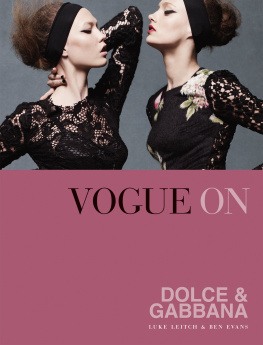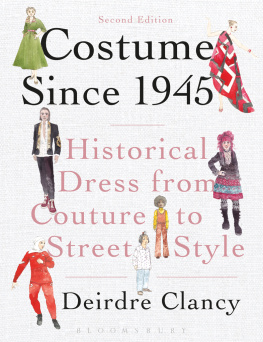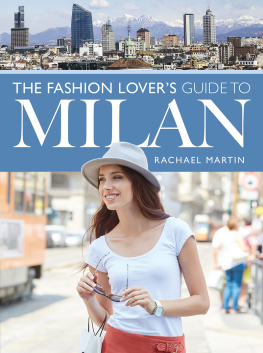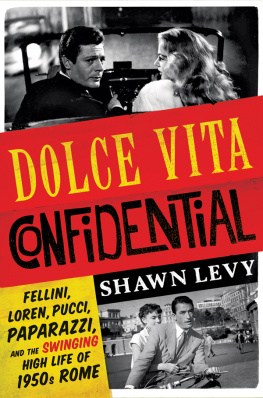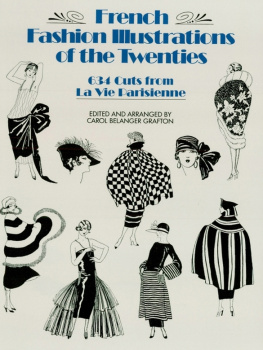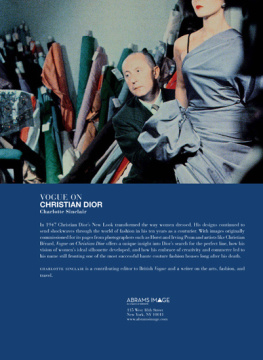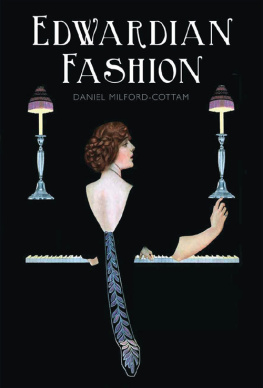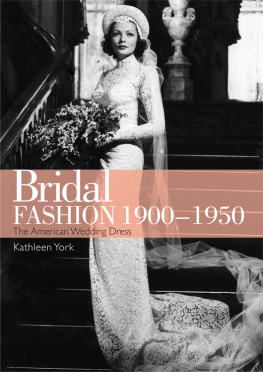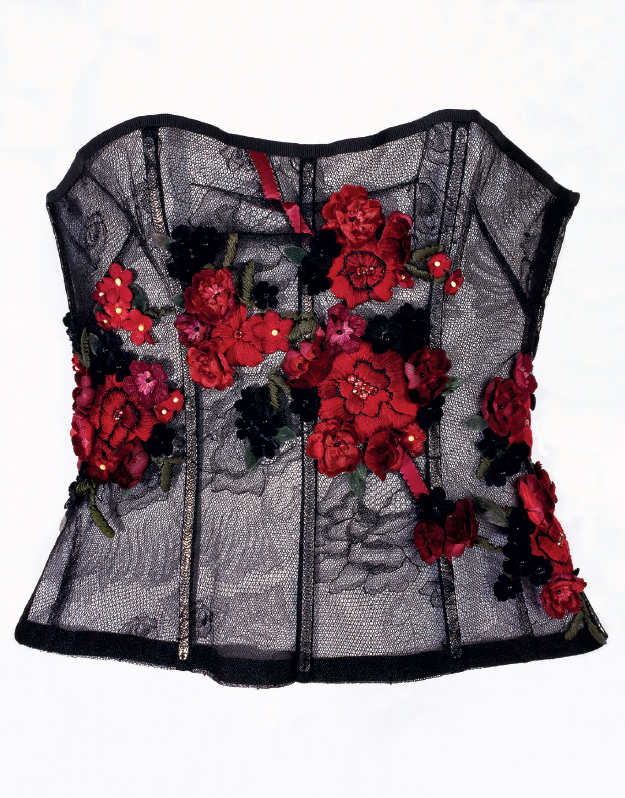
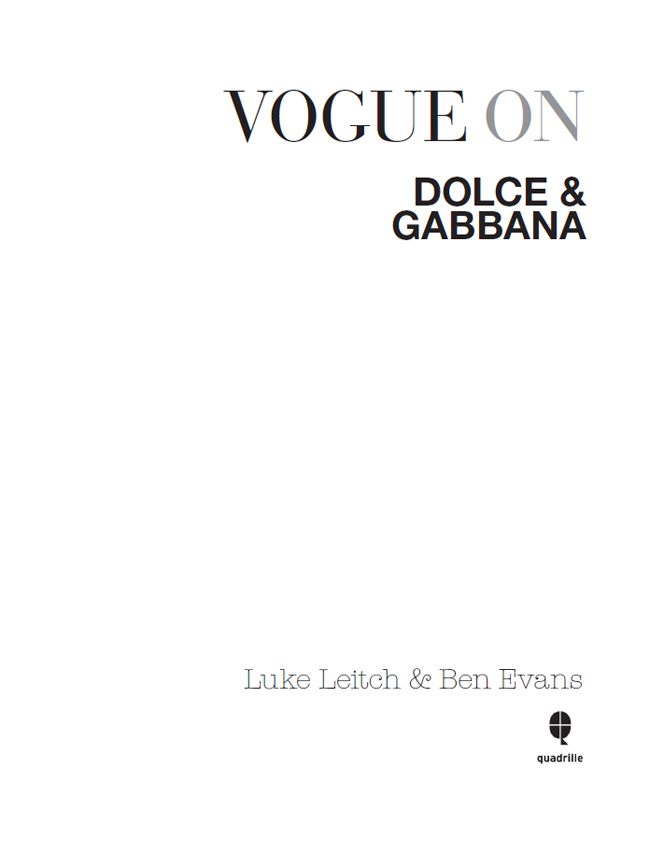
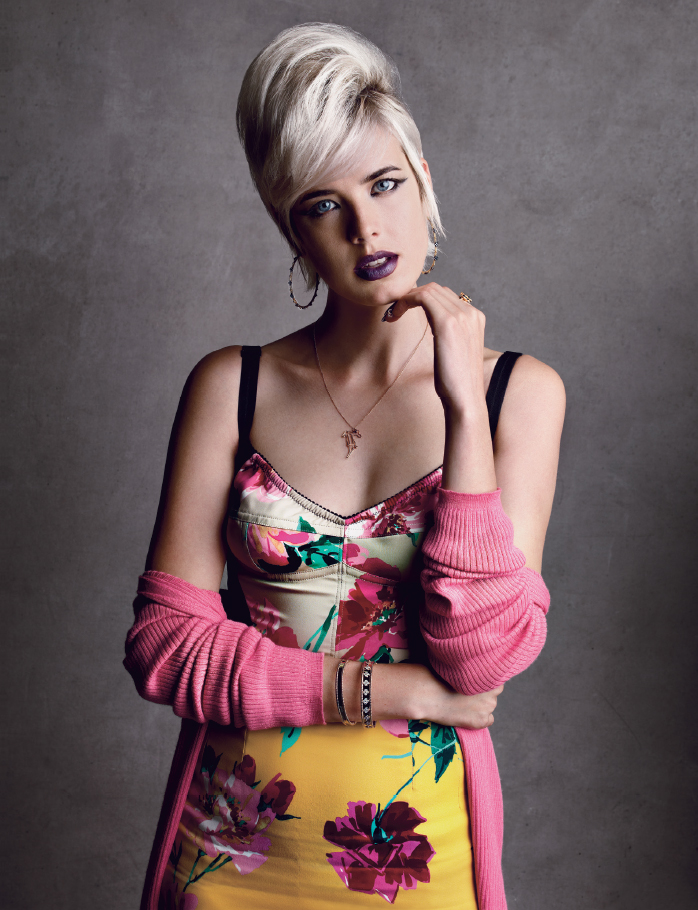

Contents
Domenico Dolce and Stefano Gabbana take to a classic Italian moped for Vogue in 1997. Photograph by Julian Broad.
Dolce & Gabbanas passions tradition, craftsmanship, femininity, sensuality and subversion exemplified in an intricately embroidered mesh corset from their autumn/winter 1997 collection.
Patrick Demarchelier photographs Agyness Deyn in a saturated rose-print silk bustier and pencil skirt from autumn/winter 2011.
DREAMS CAN STILL COME TRUE; YOU NEED A GREAT DEAL OF ENERGY AND DETERMINATION, AND A LITTLE BIT OF LUCK.
STEFANO GABBANA

I t has taken three decades for designers Domenico Dolce and Stefano Gabbana to grow their two-man start-up run from a tiny studio into a multi-billion-dollar international fashion superbrand. The progress of Dolce & Gabbana can be traced through the hundreds of pages of sumptuous editorial photography the house has inspired in Vogue, but the story begins in Milan.
Today, Silicon Valley is to technology what Milan was once to fashion. From the mid-1970s through to the mid-1980s the capital of Lombardy was at the heart of a Made in Italy ready-to-wear revolution, a happy meeting of circumstance and opportunity in which a select group of trailblazing talents built businesses that would become famous across the globe. Stilisti, or designers, such as Albini, Armani, Krizia, Fiorucci, Ferr, Missoni, Moschino and Versace joined the Old Masters Fendi, Prada, Gucci in becoming household names. Milan proved the perfect crucible for this great post-couture fashion democratisation, eclipsing Florence and Rome. This was thanks to an intertwining of artisanal ingenuity, manufacturing know-how, progressive retailing strategies promoted by department stores like La Rinascente and an atmosphere of intellectual creativity that had, hitherto, been focused on art, architecture and furniture design; these were all combined with entrepreneurial aspiration.
A recurring motif of the design house roses here come scattered across brocade on an off-the-shoulder, tightly-bodiced minidress worn by model Georgia May Jagger and photographed by Mario Testino, April 2015.
It was in Milan that Domenico Dolce and Stefano Gabbana first made contact in 1981 aged twenty-three and nineteen respectively. Gabbana, who had grown up in Milan and had briefly studied graphic design there, decided he wanted to work in fashion, Milans most dynamic industry. He had heard that there might be a position available in the studio of the designer Giorgio Correggiari, and phoned up to try his luck. Dolce, who was Correggiaris first assistant, answered and in a slightly unorthodox fashion arranged to meet the candidate in a nightclub named No Ties, where Correggiaris team was due to throw a party for the British band Imagination. On the night they first met, Gabbana might well have thought he was hallucinating, for Dolce was dressed as a priest a clubbing outfit that neatly anticipated the ironic (and iconic) sacrilege that would become a key theme for them both.
T he interview went well and Gabbana joined Correggiaris team. For eighteen months they both continued to work there, leaving to embark on a working relationship and to establish a blossoming romantic one. Together they moved into an affordable but tiny two-room office, from which they freelanced for companies including MaxMara and Marzotto. They phoned Giorgio Armani in the hope of work in Milans top fashion house but were never called back.
In a moody scene of domestic neorealism photographed by Karim Sadli in 2015, model Damaris Goddrie embodies a modern-day Anna Magnani the star of Italian Neorealist cinema and an important inspiration for Dolce & Gabbana in the designers black crpe dress under a wool polo-neck.
Then they tried their hand at producing a line of their own, called Donna, Donna (a name Dolce had originally coined under advice from Corregiari as a play on his own initials). This received enough positive reaction from the press and buyers for the young team to approach a factory about putting it into production, a deal that then mysteriously fell through. Years later, they discovered that the factory was dissuaded from accepting the proposal by the influential commercial manager for an established label, who had cruelly dismissed them to the manufacturer as donkeys. The snub, and the setback, still rankle (particularly with Gabbana) even thirty wildly successful years later.
The Dolce & Gabbana woman has a life that reaches beyond, complete with fantasy, turmoil and always a story.
VOGUE
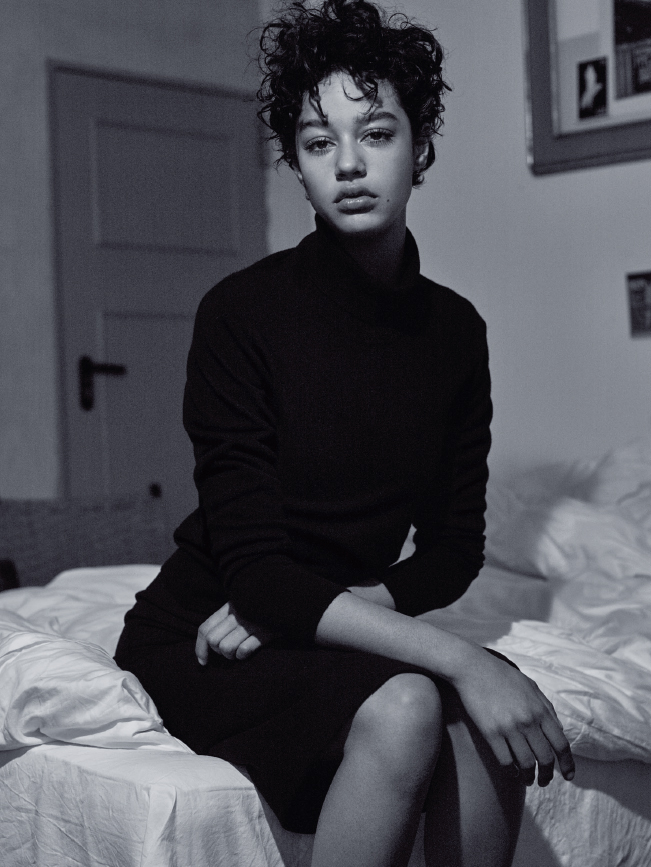
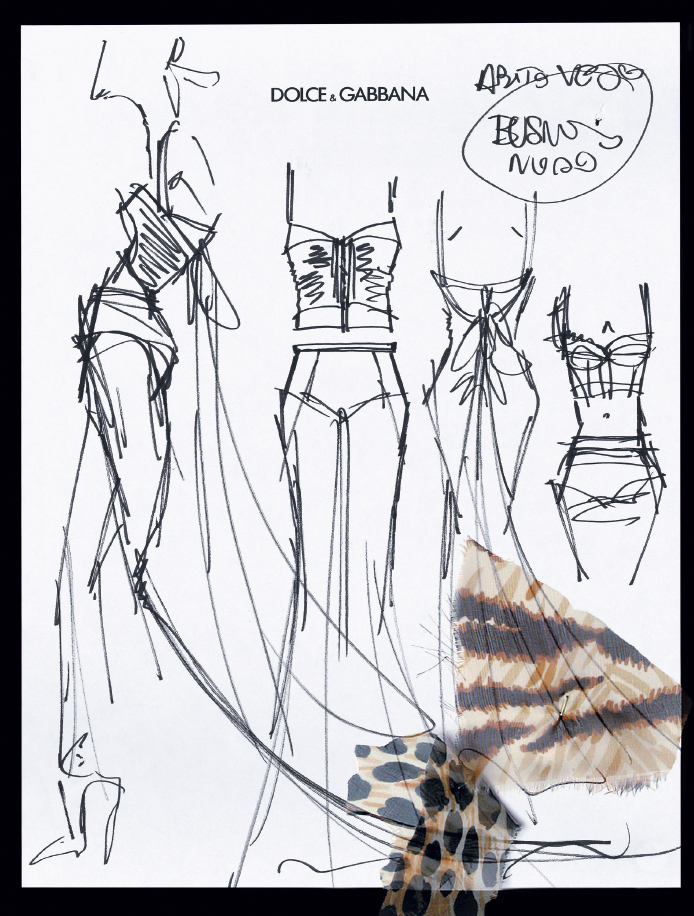
Unnerved but undeterred, for a while they sold experimental, no-label designs to a number of Milan boutiques. Then in October 1985 opportunity knocked. Beppe Modenese, the curatorial dynamo who in 1977 had first unified the citys emerging designers under the umbrella of a tightly organised Milan fashion week, had become aware that his schedule was now so congested with established names names he had been partly responsible for fostering that younger designers and new ideas were finding themselves marginalised.
On a sketch for the autumn/ winter 1997 collection inspired by Fellinis epic Roma, swatches of tiger- and leopard-print chiffon indicate both the whimsy and ferocity to be brought to the elegant and sensuous lines of a structured sheath dress.
OverleafShot by Regan Cameron, model Elsa Bentez projects all the sultry heat of the Dolce & Gabbana woman in an exotic leaf-print chiffon slip dress from the spring/ summer 1997 collection.
As Bernadine Morris reported in The New York Times, Modenese promised to give young people a chance and to give an idea of whats coming next in fashion. By polling Milans buyers and journalists for a list of their favourite fashion start-ups he would select three labels to present a collection. Dolce and Gabbana made the list. We cried, Gabbana recalled later of the moment Modenese offered them a chance to show. It was like getting to the Olympics. You see the calendar and it says Giorgio Armani, Gianni Versace, Gianfranco Ferr
The designers had three months and savings of just two million lire (about 850) with which to design and produce their first runway collection, which was cut by Gabbana to Dolces sketches. They also had to choose a name for their label: they consulted the tag by their doorbell, which read Dolce & Gabbana.
Dolce does almost all of the tailoring, first sketching the outfits, and then slowly building up prototypes in muslin, on dozens of mannequins around his studio. Gabbana helps with selecting the fabric and deciding on the over-all feeling of a collection.

